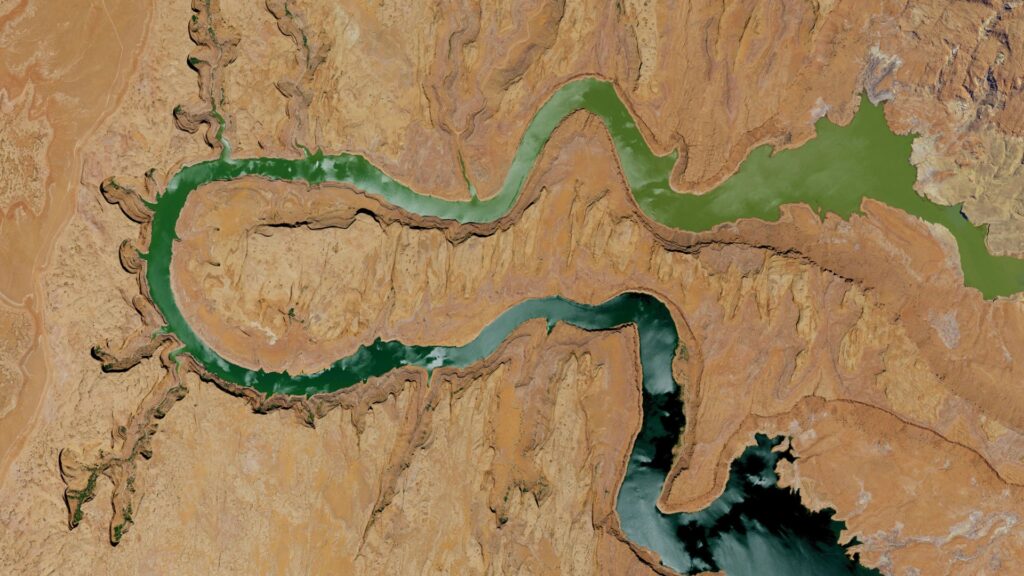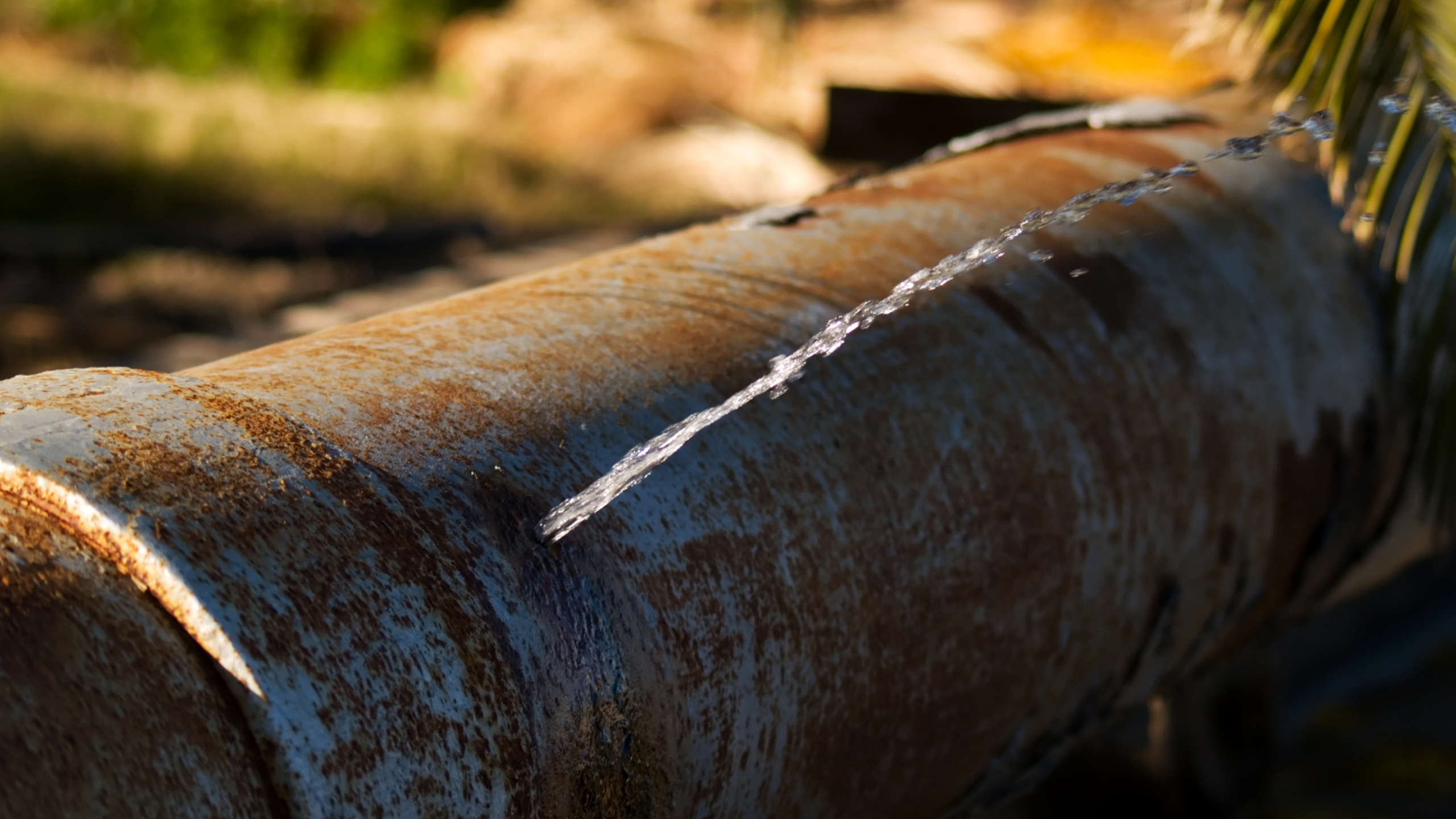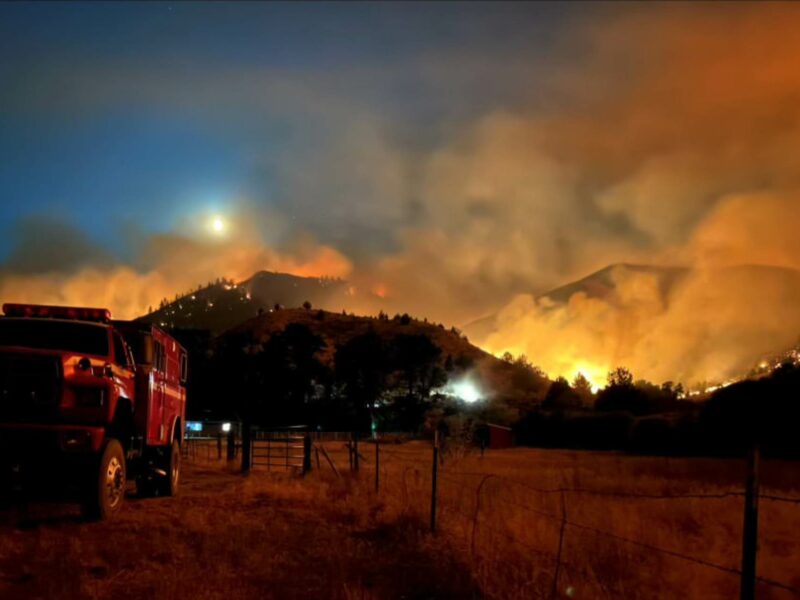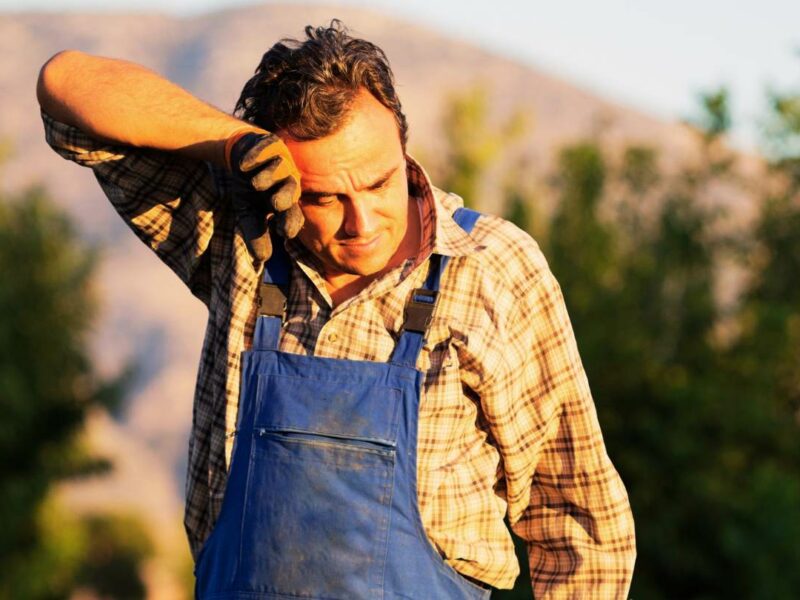Water Weekly for November 1st
Happy Halloween! If you can only read three stories about Western Water this week, read these:
1. New US plan could lead to federal action on Colorado River
One of three plan options for resolving the Colorado River water crisis put forward by the Department of the Interior for public comment last week includes the ability for the Bureau of Reclamation (BoR) to take “unilateral action” to preserve lake levels in Lakes Powell and Mead. The seven basin states have had months to come up with a deal that would reduce consumption by 2-4 million acre-feet per year, but a grand bargain appears increasingly unlikely. That has forced BoR’s hand. Felicia Fonseca and Kathleen Ronayne report for the Associated Press, “Bill Hasencamp, manager of Colorado River resources for the Metropolitan Water District of Southern California, said he hopes the threat of cuts will inspire users to offer up more savings now while federal money is available to pay for it.”
2. In Colorado, a storied valley blooms again
In a story that is about much more than water, Maria Ortega-Welch takes us to the oldest town in Colorado, to show how a community is using its connection to traditional irrigation and agricultural practices as a foundation on which to rebuild ecological and human health. In San Luis, the oldest continually operated business in Colorado, the R&R Market, has been purchased by the Acequia Institute and renamed the San Luis People’s Market. It is the headquarters of a movement in the San Luis Valley to “reawaken that cultural memory,” says Acequia Institute founder Devon Peña. “It’s not just the soil that’s been eroded, but our customary norms of conservation. They’ve been severely eroded as well,” says Peña. In the arid Southwest, in the grips of a 1000-year drought, those customary norms are perhaps more important than ever. As Ortega-Welch writes, “In a future with more demands on a decreasing water supply, the ability to work together through times of scarcity will prove crucial to survival.”
3. He was accused of stealing huge amounts of water over 23 years. Here’s why no one noticed
Beneath this startling tale of criminal water theft lies a more important truth of the West’s water problems. “We really don’t know where our water is going.” Fresno Bee writers Dale Kassler and Ryan Sabalow talked to Jeffrey Mount, a water expert at the Public Policy Institute of California. He went on, “Major chunks of it, we don’t know where it goes and who’s using how much.” If this sounds like a big problem, it probably is. We don’t know exactly how big, though. The accused in this story stole approximately 130,000 acre feet over 23 years, and sold it to unknowing water district customers, before finally feeling the heat. How many other unknown holes are punched in the West’s water delivery system?
Get the Water Weekly in your Inbox each week.






